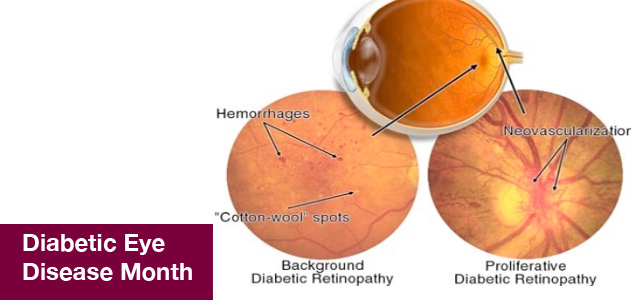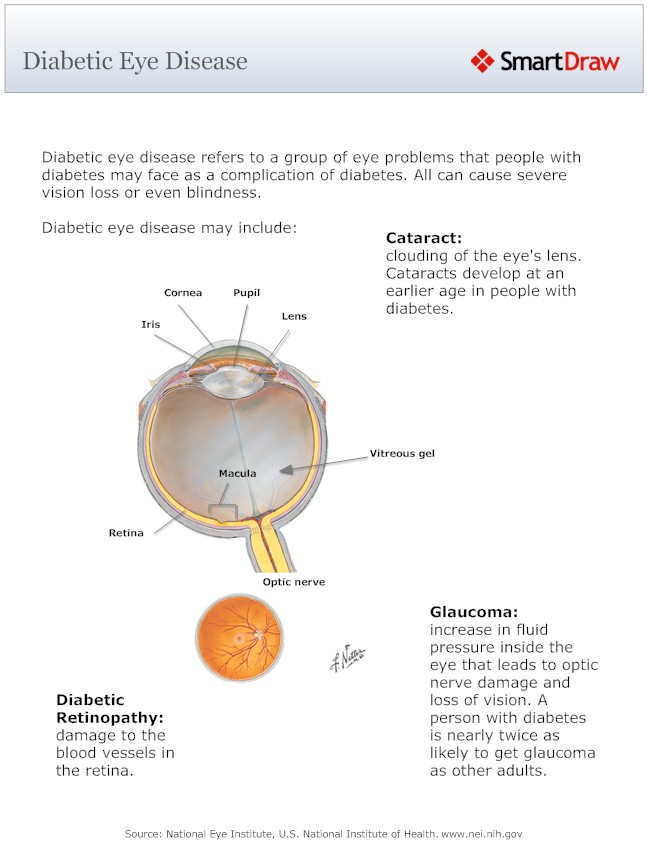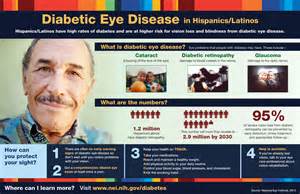 AD
AD
Country
- Africa
- Alcohol, Tobacco & Drugs
- Animals, Fish, Insects & Birds
- Anniversaries
- Australia
- Books
- Brazil & S.America
- Buddhism
Category
- Afghanistan, AF
- Aland Island, AX
- Albania, AL
- Algeria, DZ
- American, Samoa, AS
- Andarra, AD
- Angola, AO
- Anguilla, Al
Event Type
- Daily
- Weekly
- Annual
- Recurring
Duration
- All
- 1 Day
- 2 Day
- 3 Day
- 4 Day
- 5 Day
- 6 Day
Event Type
- Daily
- weekly
- Annual
- Recurring
Event Type
- Daily
- weekly
- Annual
- Recurring
Today is: September 15
Battle of Britain Day (UK) (1940)
Democracy, Intl. Day of
Dot Day, Intl. (2009)
Freelancer Awareness Day
Greenpeace Day, Intl. (1971)
Grito de Dolores (MX)(1810)
Hat Day, Felt
Hispanic Heritage Day (1821)
Independence Day (CR)(1821)
Independence Day (GT)(1821)
Independence Day (HN)(1821)
Independence Day (NI)(1821)
Independence Day (SV)(1821)
Lymphoma Awareness Day, World
Make a Hat Day
Respect for the Aged Day (JP)
Thank You Day, Ntl.
Arts in Education Week, Ntl.
Assisted Living Week
Assisted Living Week
Balance Awareness Week, Intl.
Battle of Britain Week (UK) (1940)
Cerebral Palsy Awareness and Protection Week (PH)
Coding Week, Ntl (US/UK)
Ecommerce Days, Intl. Women's
Eczema Week, Ntl. (UK)
Eczema Week, Ntl. (UK)
Fairtrade Fortnight(UK)
Farm Animals Awareness Week, Ntl.
Folic Acid Awareness Week
Fungal Disease Awareness Week
Hispanic-Serving Institutions Week, Ntl.
Housekeepers Week, Intl.
Malnutrition Awareness Week
Malnutrition Awareness Week
Mitochondrial Disease Awareness Week, Ntl. (US/CA)
Mobility Week, European
Negroni Week, Intl.
Nephrology Nurses Week
Oklahoma State Fair (US-OK)
Orchid Male Cancer Awareness Week (UK)
Polar Week, Intl.
Rehabilitation Awareness Celebration, Ntl.
Stepfamily Week, Ntl.
The Big E (US-MA)
United Nations General Assembly (US-NY)
Alcohol and Drug Addiction Recovery Month, Ntl.
Alzheimer's Month, World
Animal Pain Awareness Month, Intl.
Arthritis Month (CA)
Asu (S)
Atrial Fibrillation Awareness Month, Ntl.
Attendance Awareness Month
Attendance Awareness Month
Attention Deficit Hyperactivity Disorder (ADHD) Month
Baby Safety Month
Be Kind to Editors and Writers Month
Beach Month, World
Bear Necessities Month
Bear Necessities Month
Better Breakfast Month
Blackpool Illuminations (UK)
Blue September (AU/NZ)
Blueberry Popsicle Month, Ntl.
Bourbon Heritage Month, Ntl.
Brain Aneurysm Awareness Month, Ntl.
Campus Fire Safety Month, Ntl.
Campus Safety Awareness Month, Ntl.
Candle Month, World
Candle Month, World
Chicken Month, Ntl.
Childhood Cancer Awareness Month, Intl.
Childhood Obesity Awareness Month, Ntl.
Childhood Obesity Awareness Month, Ntl.
Children's Awareness Month
Cholesterol Education Month, Ntl.
Civil Service Month (PH)
Civil Service Month (PH)
Classical Music Month
Clean-up Month, Intl.
Clean-up Month, Intl.
College Savings Month
Coupon Month, Ntl.
Courtesy Month, Ntl.
Craniofacial Acceptance Month
DNA, Genomics and Stem Cell Education Month, Ntl.
Dementia Awareness Month (AU)
Democracy Month, Ntl.
Dystonia Awareness Month (AU)
Dystonia Awareness Month (CA)
Elul (J)
Fall Hat Month
Fashion Month (Spring/Summer)
Festival of Learning Have a Go Month (UK)
Festival of Learning—Have a Go Month (UK)
Food Hero Month, Be a, Ntl.
Food Safety Education Month, Ntl.
Footy Colours Day (AU)
Fruits and Veggies, More Matters Month
Fun Fair Month, World
Fun Fair Month, World
Gold Out Month, Pediatric Cancer
Gospel Music Heritage Month, Ntl.
Grains Month, Whole
Great Cycle Challenge (US)
Guide Dog Month, Ntl.
Guide Dog Month, Ntl.
Gynecologic Cancer Awareness Month
Happy Healthy Cat Month
Head Lice Prevention Month
Healthy Aging Month
Heart Month (IE)
Heart Month (IE)
Hispanic Heritage Month (1821)
Honey Month
Hunger Action Month (CA)
Hunger Action Month
ITP Awareness Month
ITP Awareness Month
Idiopathic Thrombocytopenic Purpura (ITP) Awareness Month
Infant Mortality Awareness Month, Ntl.
Intergeneration Month
Intergeneration Month
Leukemia and Lymphoma Awareness Month
Leukemia and Lymphoma Awareness Month
Library Card Sign-Up Month, Ntl.
Life Insurance Awareness Month, Ntl.
Liptember (AU)
Liptember (AU)
Low-Cholesterol, Low-Fat Pizza Bake, Great American
Mold Awareness Month
Mushroom Month, Ntl.
National Month (CL)(1810)
Neighbor Month
Newborn Screening Awareness Month
Obesity Awareness Month, Childhood Ntl.
Odd Fellows Friendship Month
Odd Fellows Friendship Month
One-on-One Month
Organic Month, National (CA)
Organic September (UK)
Ovarian Cancer Awareness Month (CA)
Ovarian Cancer Month (US)
PCOS Awareness Month
PCOS Awareness Month
Pain Awareness Month
Pain Awareness Month
Papaya Month, Ntl.
Papaya Month, Ntl.
Passport Month, Ntl.
Peace Consciousness Month, Ntl. (PH)
Peace Consciousness Month, Ntl. (PH)
Peripheral Artery Disease Awareness Month, Ntl.
Peripheral Artery Disease Awareness Month, Ntl.
Pet Insurance Month, Ntl. (US/CA)
Pet Sitter Education Month
Pet Sitter Education Month
Photos Month, Save Your
Photos Month, Save Your
Piano Month, Ntl.
Pleasure Your Mate Month
Preparedness Month, Ntl. (2001)
Prostate Cancer Awareness Month (US/CA)
Rabi'ul-Awwal (M)
Recovery Month, Ntl.
Reye's Syndrome Awareness Month
Rice Month, Ntl.
Rule of Law Month (PH)
Rule of Law Month (PH)
Running of the Balls (US-TN)
STEPtember
Scroll Free September (UK)
Self-Improvement Month
Self-Improvement Month
Service Dog Month, Ntl.
Sewing Month, Ntl.
Sexual Health Awareness Month
Sexual Health Awareness Month
Shameless Promotion Month
Sickle Cell Month, Ntl.
Skincare Awareness Month, Ntl.
Sourdough September
Speak Out Month, World
Spinal Cord Injury Awareness Month, Ntl.
Sports Eye Safety Month, Ntl.
Square Dancing Month, Intl.
Straw Free September
Subliminal Communication Month
Suicide Prevention Month (US/CA)
Suicide Prevention Month (US/CA)
Therapy Dog Awareness Month (AU)
Tiger Month, Intl. Save a
Tiger Month, Intl. Save a
Update Your Resume Month
Urology Awareness Month (UK)
Urology Awareness Month (UK)
Vascular Disease Awareness Month
Vascular Disease Awareness Month
Wilderness Month, Ntl.
Wine Box Month, Intl.
Wine Month Ntl., California (US-CA)
Women's Friendship Month, Intl.
Workforce Development Month, Ntl.
Yoga Awareness Month, Ntl.
Youth Leadership Month, Ntl.
LEEP Calendar
Scroll to explore events active on this date.
Additional Events on LEEP
LEEP INK FEATURES

August? Absolutely!
In August, we live through the Dog Days of Summer. It's hot and often humid, and those who can leave for better climates do. Down south, winter is in full force. August is also known as "the ...

In The Heat of July: July 2025 Events
Is it hot enough (or cold enough if you're below the equator) for you yet? There is actually a day for that! Like every month, I pick a diverse collection of events you may or may not know about. This ...

May Blooms: Events in May 2025
Along with October, May is one of the most densely packed months of the year. It's before the summer humidity and the last whole month of the school year. The weather is warming in t...
About National Diabetic Eye Disease Month
Seniors , United States
Ends: Nov 30, 2025
DESCRIPTION:
Diabetic Eye Disease Month raises awareness about diabetes, diabetic eye disease, the importance of early disease detection, and related preventive health services covered by Medicare.
Diabetes can lead to severe complications such as heart disease, stroke, vision loss, kidney disease, nerve damage, and amputation, among others, and it's a significant risk factor for developing glaucoma. People with diabetes are more susceptible to many other illnesses, such as pneumonia and influenza, and are more likely to die from these than people who do not have diabetes.
Diabetes is a chronic health condition affecting millions globally and has increased in prevalence over the past few decades. Marked by elevated blood sugar levels, diabetes typically falls into two classifications, either Type 1 or Type 2.
Type 1 diabetes, often diagnosed in children and young adults, occurs when the body cannot produce insulin, a hormone crucial for regulating blood sugar.
Type 2 diabetes, the more common form, arises when the body cannot effectively use the insulin it produces or can't make enough, typically diagnosed in adults.
The origins of diabetes can be traced back to ancient times, with mentions in Egyptian manuscripts dating back to 1552 BC. However, the term "diabetes," derived from the Greek word "to siphon," was coined in the by Aretaeus of Cappadocia (129-199 AD). Over time, medical understanding of the condition has evolved significantly. Still, it was in the 1921 discovery of insulin, through the work of Frederick Banting, Charles Best, James Collip, and John Macleod, that treatment became available. Their work began in November 1920, thus the reason for November being a focus for diabetes.
Various factors contribute to the onset of diabetes, ranging from genetics to lifestyle choices. Type 1, generally considered an autoimmune disease, currently has no definitive preventive measures. For Type 2, however, a diet high in sugar and fats, lack of physical activity, and obesity are major risk factors. Diabetes affects all genders, ages, and ethnicities.
According to the World Health Organization, by 2020, approximately 422 million people worldwide have diabetes, a fourfold increase from the estimates in 1980. One hundred thirty million adults are living with diabetes or prediabetes in the United States, per the Centers for Disease Control and Prevention's latest 2022 figures. The International Diabetes Federation projects that approximately 783 million globally will be living with diabetes by 2045.
While diabetes affects people of all backgrounds, it disproportionately impacts minority communities and those with lower socioeconomic status, exacerbating health inequalities.
Diabetes is often dubbed a "silent killer" due to its long-term complications if not managed effectively. It can lead to serious conditions like heart disease, stroke, kidney failure, blindness, and lower limb amputation. However, through regular monitoring, medication, and lifestyle changes, it can be managed effectively, allowing patients to lead fulfilling lives.
VIDEOS
ADDITIONAL IMAGES
Where would you like to go now?
 AD
AD
By using this site. You are agreeing to use of cookies. Learn more in our Privacy Policy
/footer-logo.svg)
LEGAL: Excerpts and links may be used, provided that full and clear attribution is given to Jubilee LLC and LEEPCalendar.com, with appropriate and specific direction to the original content (Page URL). Additional documents, embedded videos and additional image rights retained by their creators and are provided to increase understanding of the event or topic.
Jubilee LLC reserves the right to accept or reject inclusion of events in this calendar. The appearance of an event in LEEP Calendar does not imply endorsement of the event, nor the organization championing the event by Jubilee LLC, its stakeholders, customers or subsidiaries. All dates, contact information, URLs, addresses, and information relating to any event, promotion or holiday are subject to change without notice and should be treated as estimated. Jubilee LLC, our stakeholders, customers and subsidiaries cannot warrant accuracy. Users of this application are solely responsible for verifying actual event date with organizers and additional sources prior to committing resources, financial, human or otherwise.






